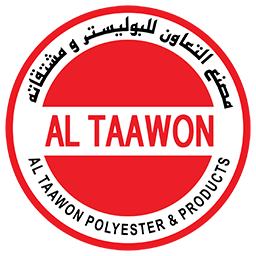Polyester Fabric vs. Microfiber: A Comprehensive Comparison In the realm of textiles, polyester and microfiber are two widely used materials found in numerous sectors, ranging from apparel to home decor. Both materials are artificial and possess unique features, making them appropriate for various uses. Grasping their characteristics, advantages, and disadvantages can assist consumers in making knowledgeable choices. This article examines the distinctions between polyester and microfiber, highlighting their composition, applications, benefits, and environmental impact. What is Polyester? Polyester is a man-made fiber sourced from petroleum-derived materials. It was initially created in the early 20th century and gained popularity after World War II. Polyester is a flexible material that can be crafted into textiles for garments, furnishings, and industrial uses. Its appeal arises from its toughness, cost-effectiveness, and minimal upkeep needs. Key Characteristics of Polyester: Durability: Polyester withstands damage and deterioration, making it perfect for durable uses. Wrinkle Resistance: In contrast to natural fibers, polyester resists wrinkling, preserving a tidy look. Moisture Resistance:
February 25, 2025 - AL Taawon
- You Here!
- Home Feb

